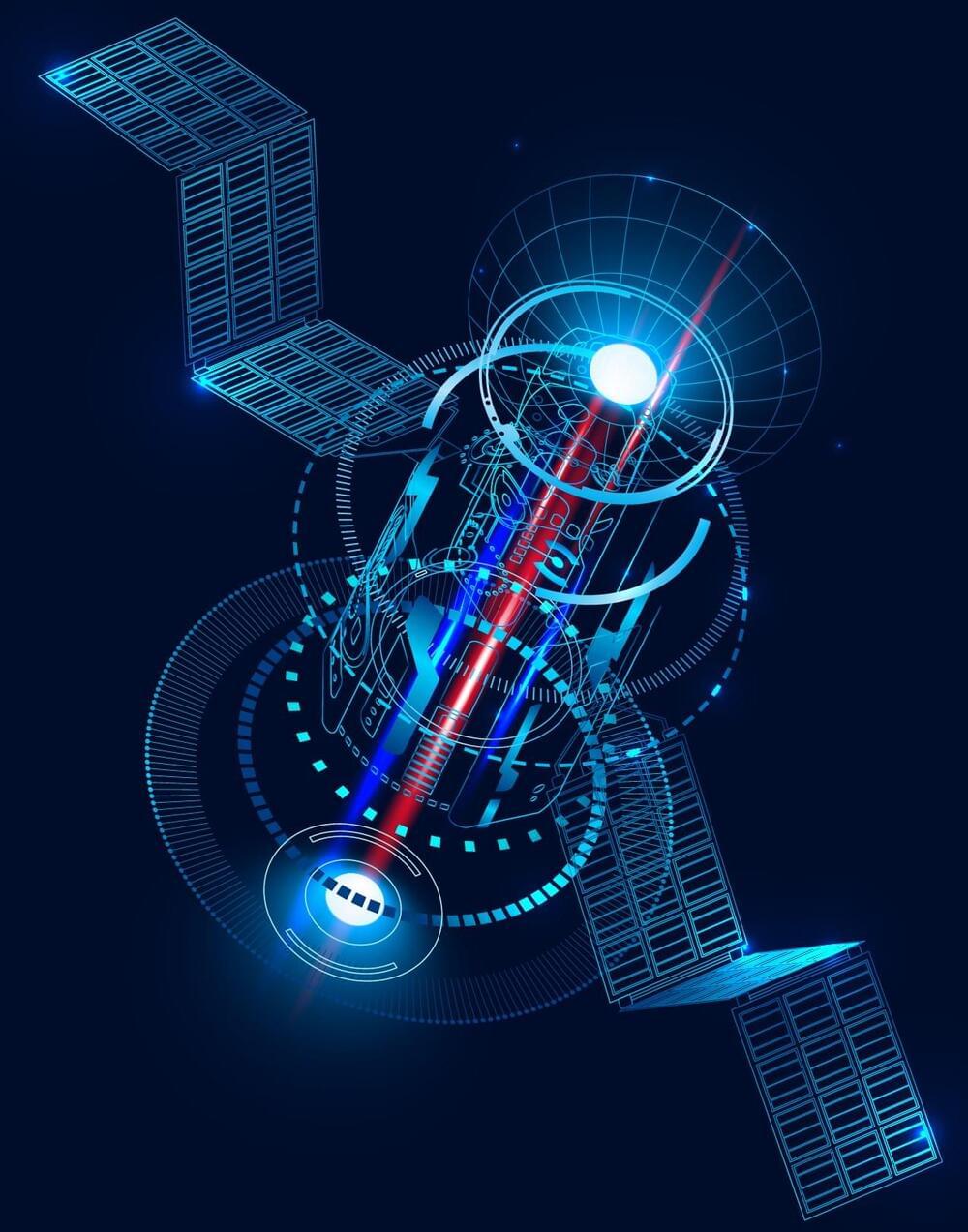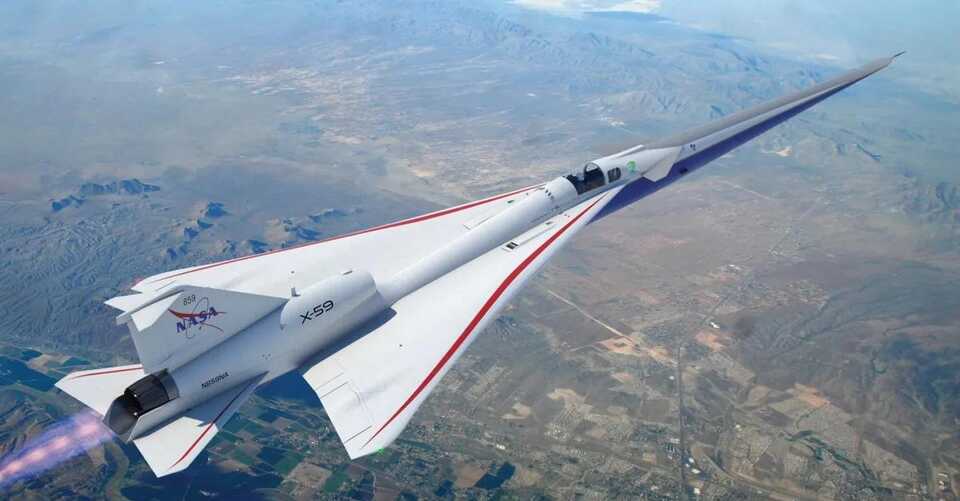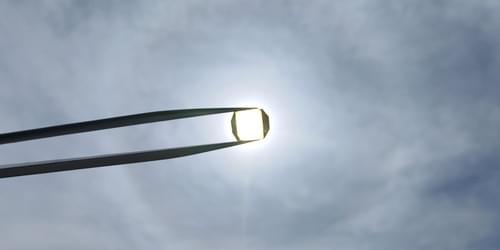
Category: space – Page 434


Rooftop wind system delivers 150% the energy of solar per dollar
Aeromine says its unique “motionless” rooftop wind generators deliver up to 50% more energy than a solar array of the same price, while taking up just 10% of the roof space and operating more or less silently. In independent tests, they seem legit.
Distributed energy generation stands to play a growing part in the world’s energy markets. Most of this currently comes in the form of rooftop solar, but in certain areas, wind could definitely play a bigger part. Not every spot is appropriate for a bladed wind turbine, though, and in this regard, University of Houston spinoff Aeromine Technologies has designed a very different, very tidy form of rooftop wind energy capture that looks like it could be a real game-changer.
As with traditional wind turbines, size is key. So while Aeromine’s wind energy boxes take up a relatively small footprint on your roof, they’re still pretty bulky. The wings themselves are maybe 10 feet (3 m) high, at a rough guess, and looking at the latest imagery they’re now sitting on top of boxes that might add another 6 ft (1.8 m) or more to their height – so they’re no shrinking violets. On the other hand, they don’t create the noise, or the constantly moving visual distraction of a regular, bladed turbine, so they may prove to be less unwelcome in populated areas.

The 2022 Global Satellite Servicing Forum, the DARPA-originated u0040_CONFERS consortiumu2019s annual event, is Oct
The 2022 Global Satellite Servicing Forum, the DARPA-originated @_CONFERS consortium’s annual event, is Oct. 19–20. In-space servicing and manufacturing stakeholders will discuss in-space lessons learned and their work toward achieving common technical and safety standards to extend satellite utility, resilience, & reliability. Learn more and register at https://www.satelliteconfers.org/gssf/#satelliteservicing #inspaceservicing #GSSF22
New tool allows scientists to peer inside neutron stars
Imagine taking a star twice the mass of the sun and crushing it to the size of Manhattan. The result would be a neutron star—one of the densest objects found anywhere in the universe, exceeding the density of any material found naturally on Earth by a factor of tens of trillions. Neutron stars are extraordinary astrophysical objects in their own right, but their extreme densities might also allow them to function as laboratories for studying fundamental questions of nuclear physics, under conditions that could never be reproduced on Earth.
Because of these exotic conditions, scientists still do not understand what exactly neutron stars themselves are made from, their so-called “equation of state” (EoS). Determining this is a major goal of modern astrophysics research. A new piece of the puzzle, constraining the range of possibilities, has been discovered by a pair of scholars at IAS: Carolyn Raithel, John N. Bahcall Fellow in the School of Natural Sciences; and Elias Most, Member in the School and John A. Wheeler Fellow at Princeton University. Their work was recently published in The Astrophysical Journal Letters.
Ideally, scientists would like to peek inside these exotic objects, but they are too small and distant to be imaged with standard telescopes. Scientists rely instead on indirect properties that they can measure—like the mass and radius of a neutron star—to calculate the EoS, the same way that one might use the length of two sides of a right-angled triangle to work out its hypotenuse. However, the radius of a neutron star is very difficult to measure precisely. One promising alternative for future observations is to instead use a quantity called the “peak spectral frequency” (or f2) in its place.

The Vacuum Catastrophe. The Worst Thing That Can Happen to the Universe
In this video, you are going to learn: what dangers are waiting for us in seemingly empty places? Can physicists on Earth destroy the entire cosmos? And most importantly, can a vacuum end the world we know and love?

Optical superluminal motion measurement in the neutron-star merger GW170817
The afterglow of the binary neutron-star merger GW1708171 gave evidence for a structured relativistic jet2–6 and a link3,7,8 between such mergers and short gamma-ray bursts. Superluminal motion, found using radio very long baseline interferometry3 (VLBI), together with the afterglow light curve provided constraints on the viewing angle (14–28 degrees), the opening angle of the jet core (less than 5 degrees) and a modest limit on the initial Lorentz factor of the jet core (more than 4). Here we report on another superluminal motion measurement, at seven times the speed of light, leveraging Hubble Space Telescope precision astrometry and previous radio VLBI data for GW170817.

A “Green” Quantum Sensor
Researchers have demonstrated a quantum sensor that can power itself using sunlight and an ambient magnetic field, an achievement that could help reduce the energy costs of this energy-hungry technology.
No longer the realm of science fiction, quantum sensors are today used in applications ranging from timekeeping and gravitational-wave detection to nanoscale magnetometry [1]. When making new quantum sensors, most researchers focus on creating devices that are as precise as possible, which typically requires using advanced—energy-hungry—technologies. This high energy consumption can be problematic for sensors designed for use in remote locations on Earth, in space, or in Internet-of-Things sensors that are not connected to mains electricity. To reduce the reliance of quantum sensors on external energy sources, Yunbin Zhu of the University of Science and Technology of China and colleagues now demonstrate a quantum sensor that directly exploits renewable energy sources to get the energy it needs to operate [2].